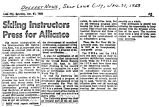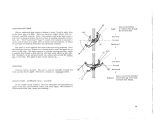Contents | 59 of 73
AZD_Misc1997
| Title | Miscellaneous |
| Subject | Utah, ISIA, Skiing |
| Date | 1952; 1953; 1954; 1955; 1956; 1957; 1958; 1959; 1960; 1961; 1962; 1963; 1964; 1965; 1966; 1967; 1968; 1969; 1970; 1971; 1972; 1973; 1974; 1975; 1976; 1977; 1978; 1979; 1980; 1981; 1982; 1983; 1984; 1985; 1986; 1987; 1988; 1989; 1990; 1991; 1992; 1993; 1994; 1995; 1996; 1997; 1998 |
| Format | application/pdf |
| Language | eng |
| Is Part of | Ski Archive |
| ARK | ark:/87278/s6kk98r7 |
| Setname | uu_isia |
| ID | 905958 |
| Reference URL | https://collections.lib.utah.edu/ark:/87278/s6kk98r7 |
Page Metadata
| Title | AZD_Misc1997 |
| Format | application/pdf |
| Setname | uu_isia |
| ID | 905943 |
| Reference URL | https://collections.lib.utah.edu/ark:/87278/s6kk98r7/905943 |












































































